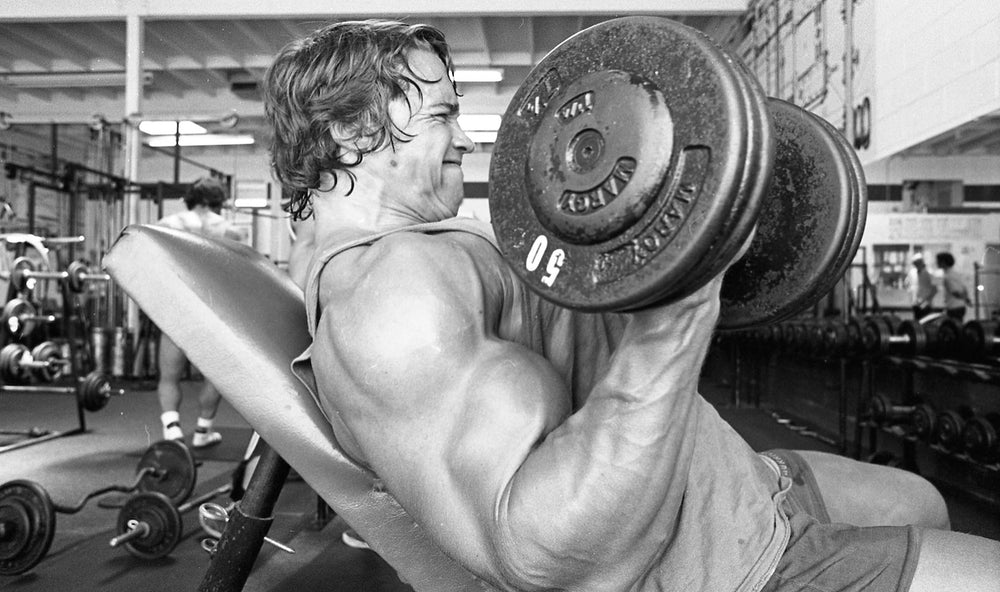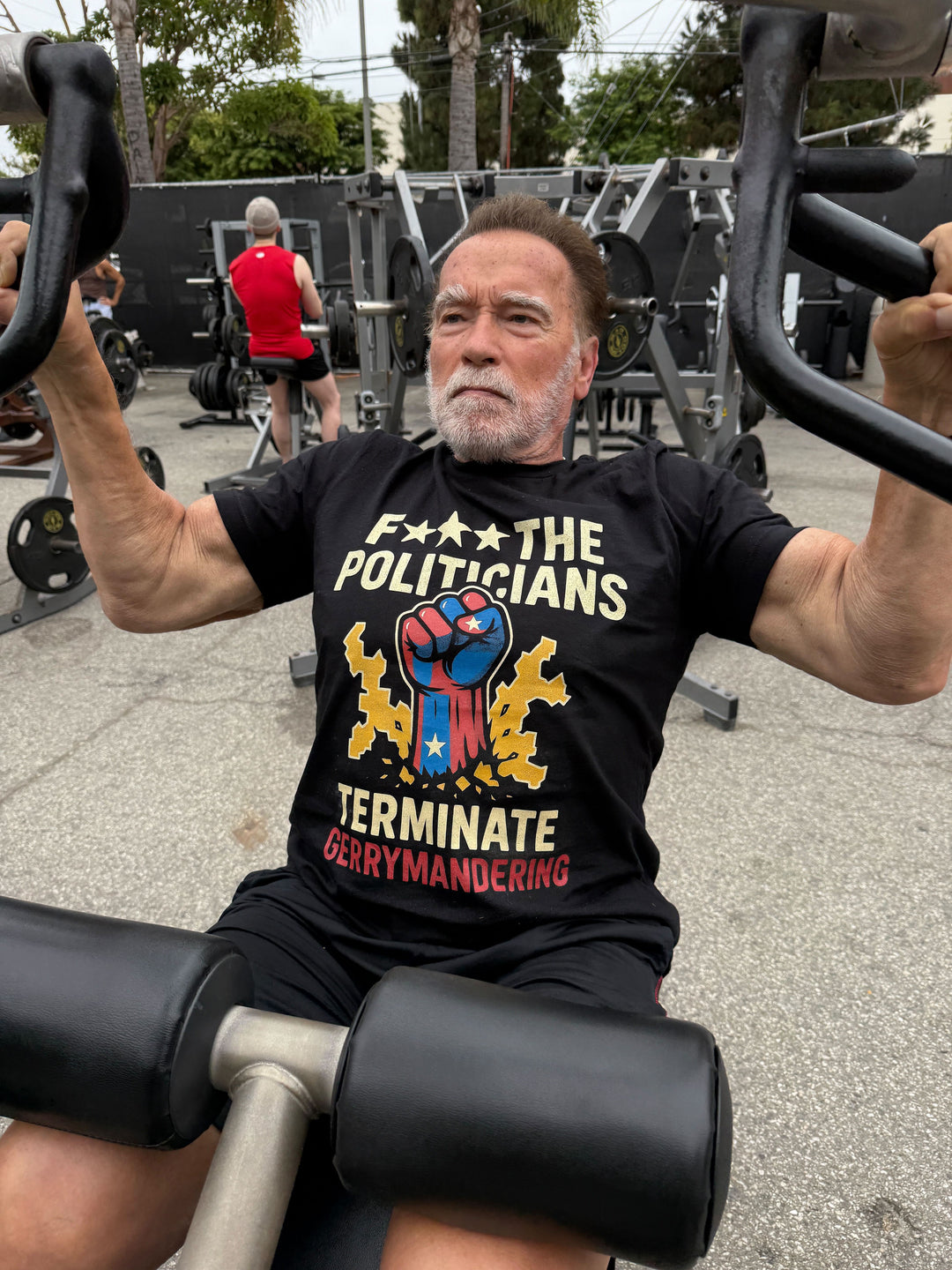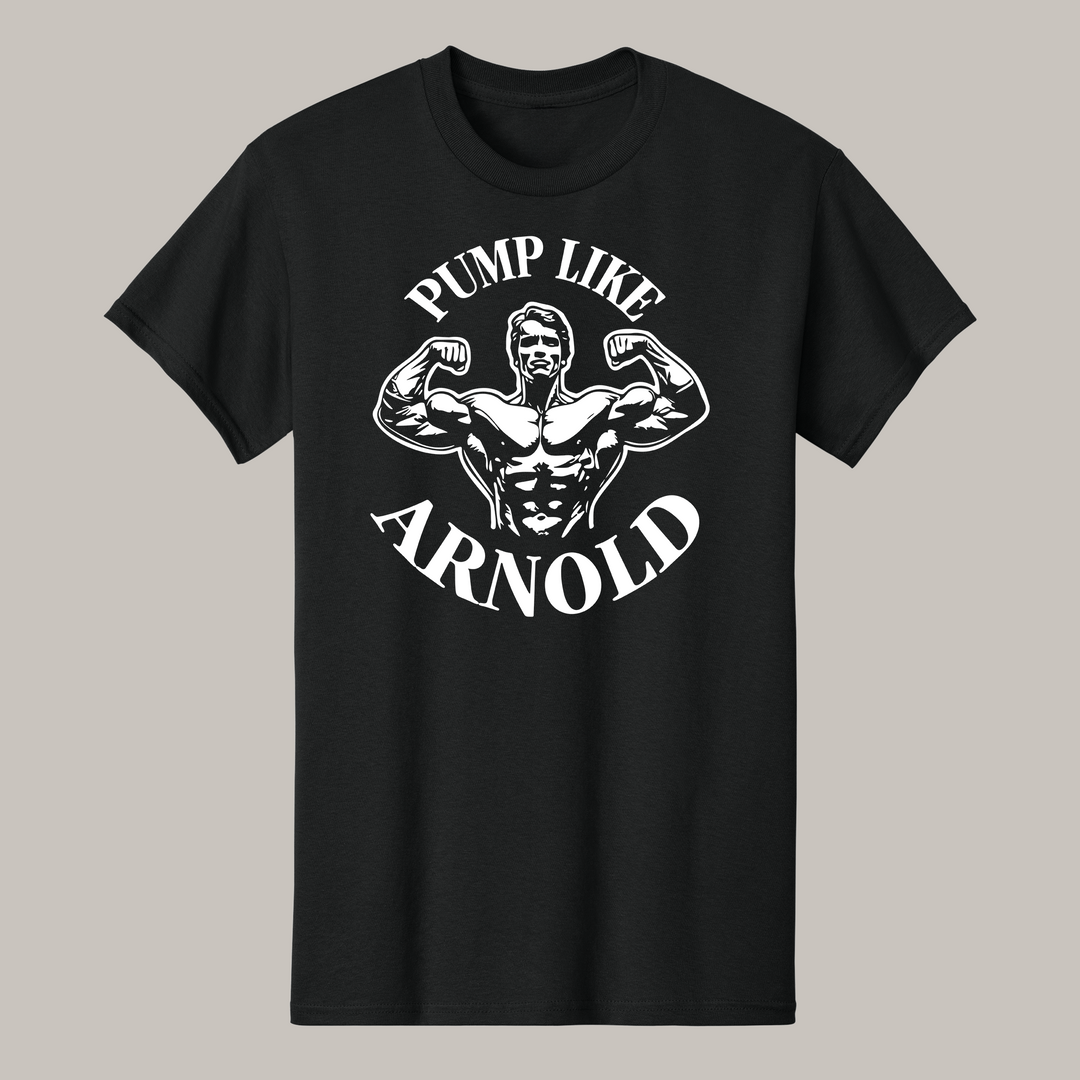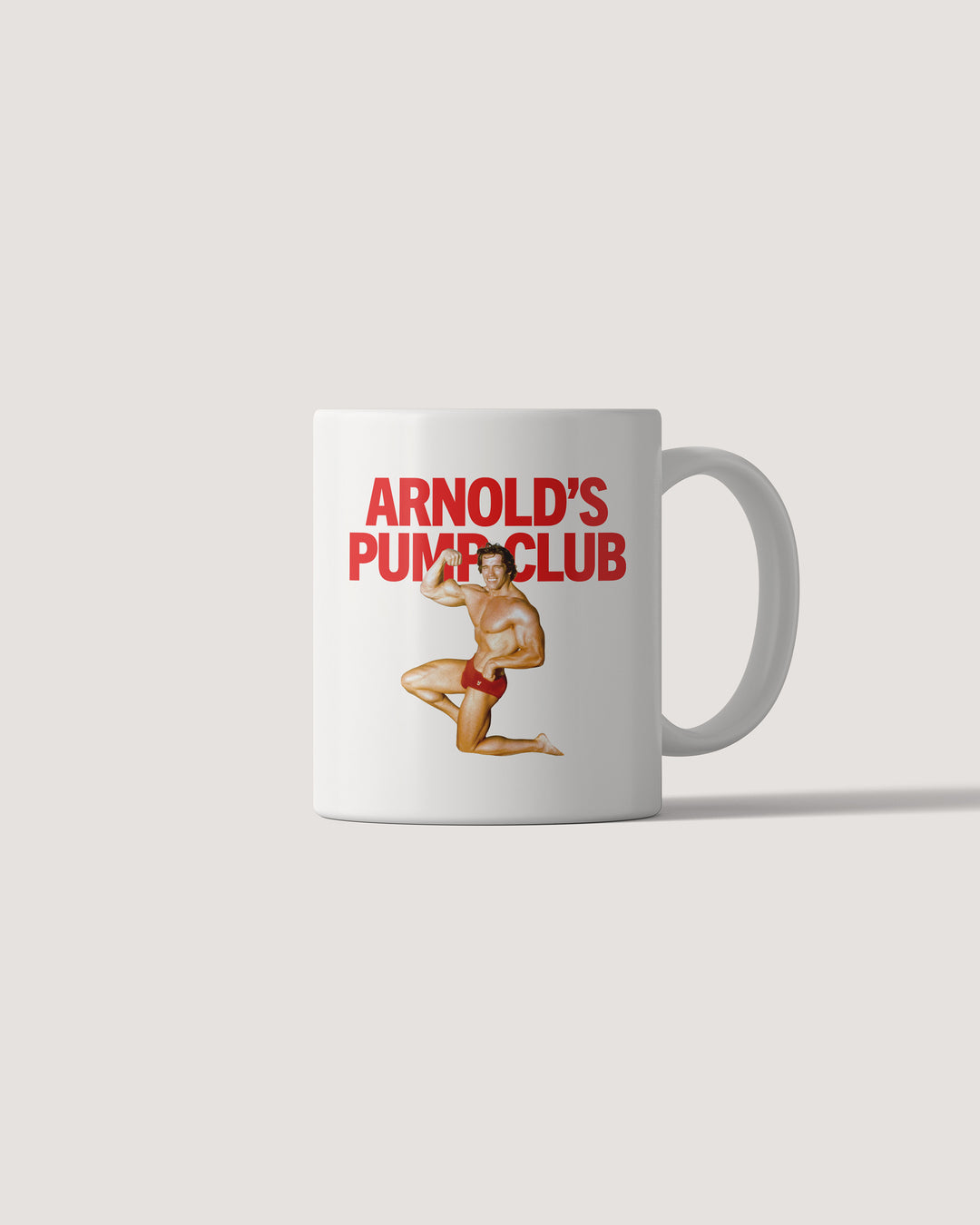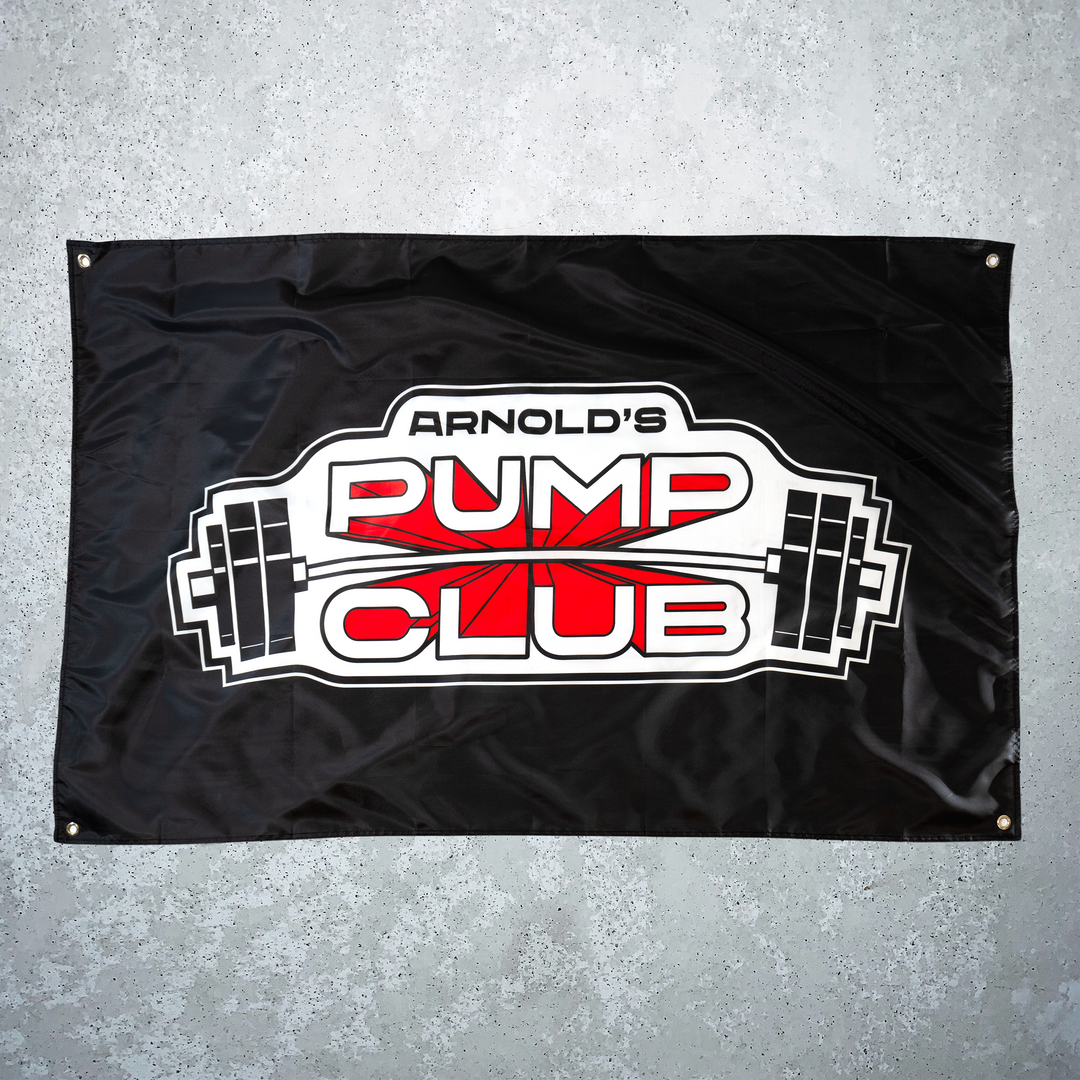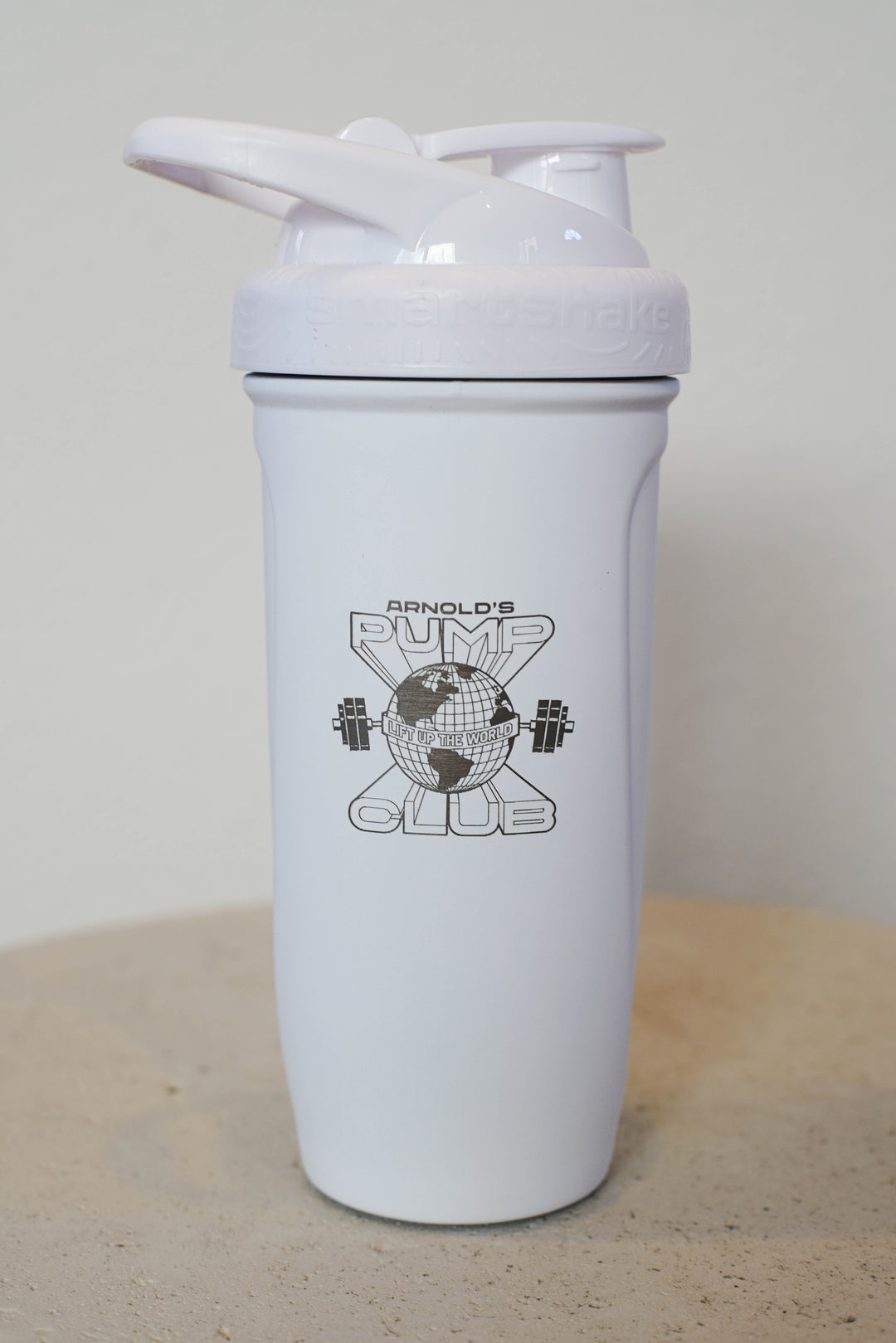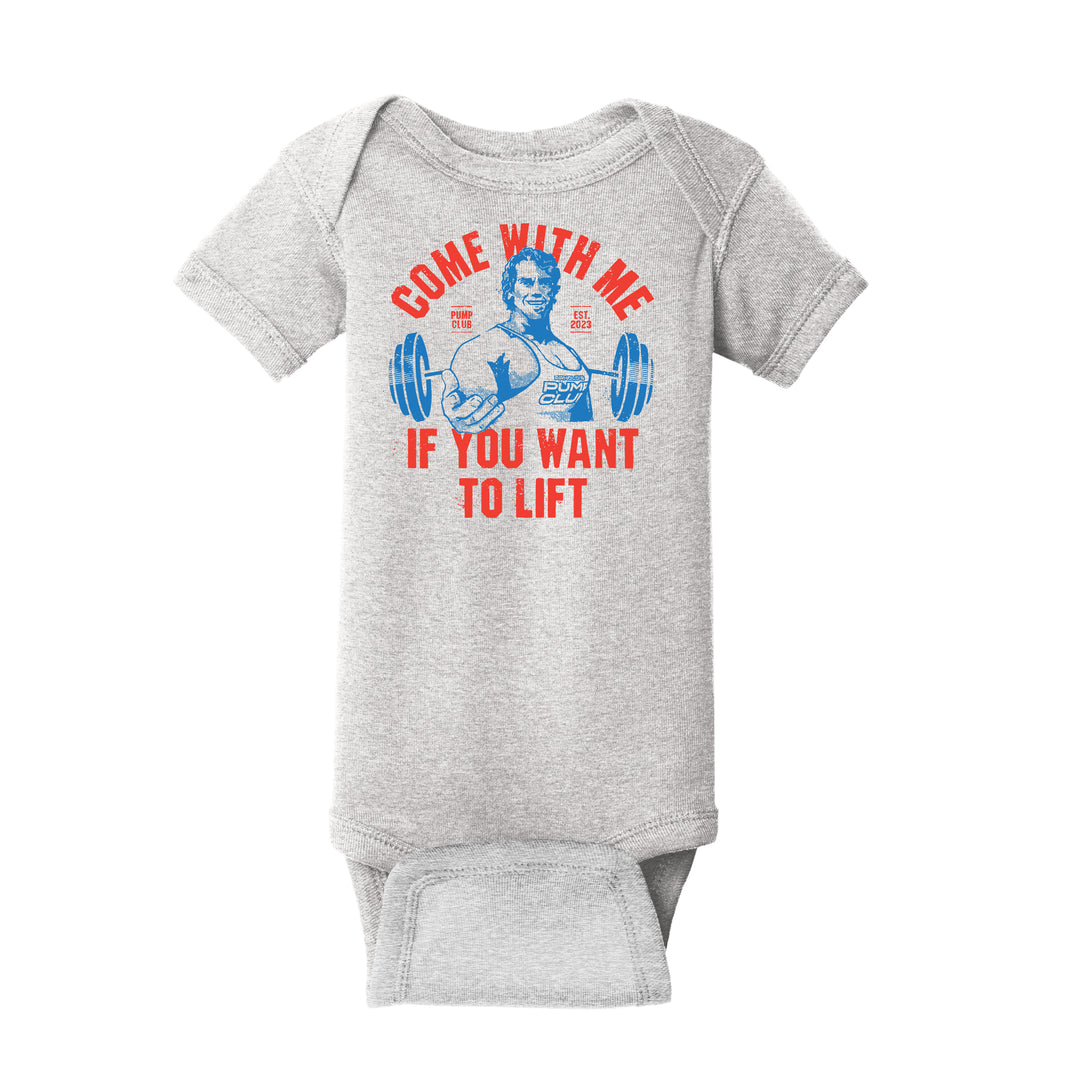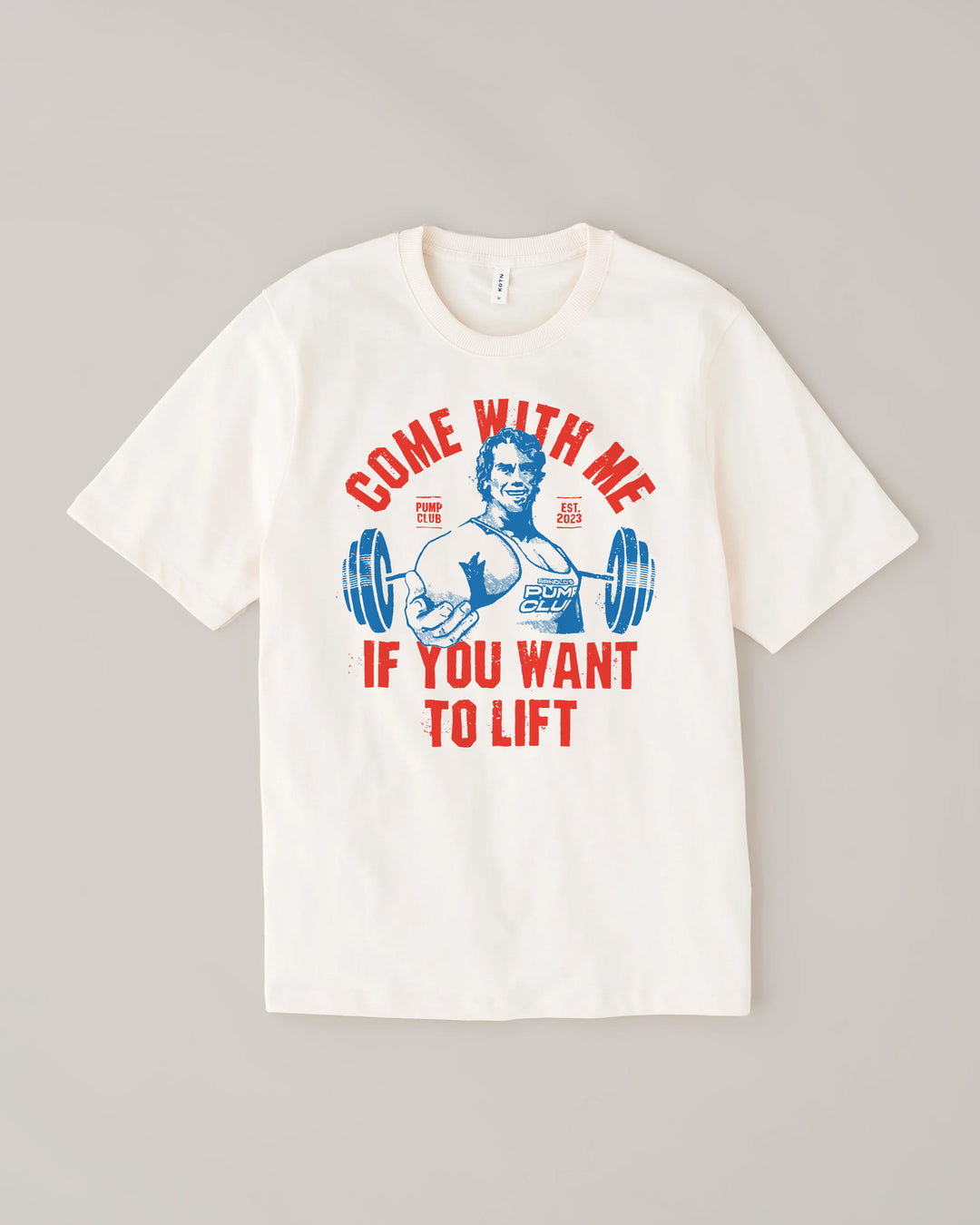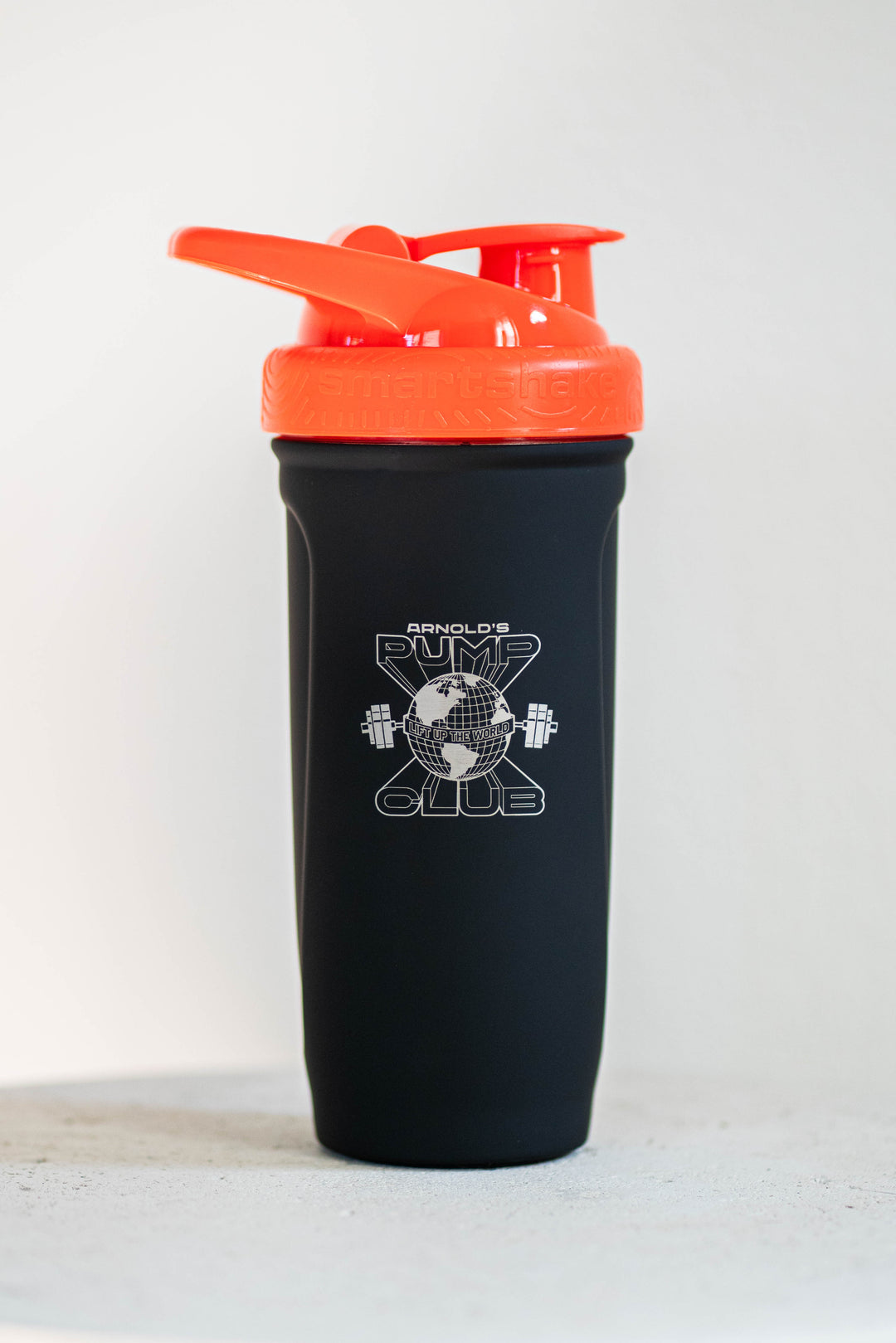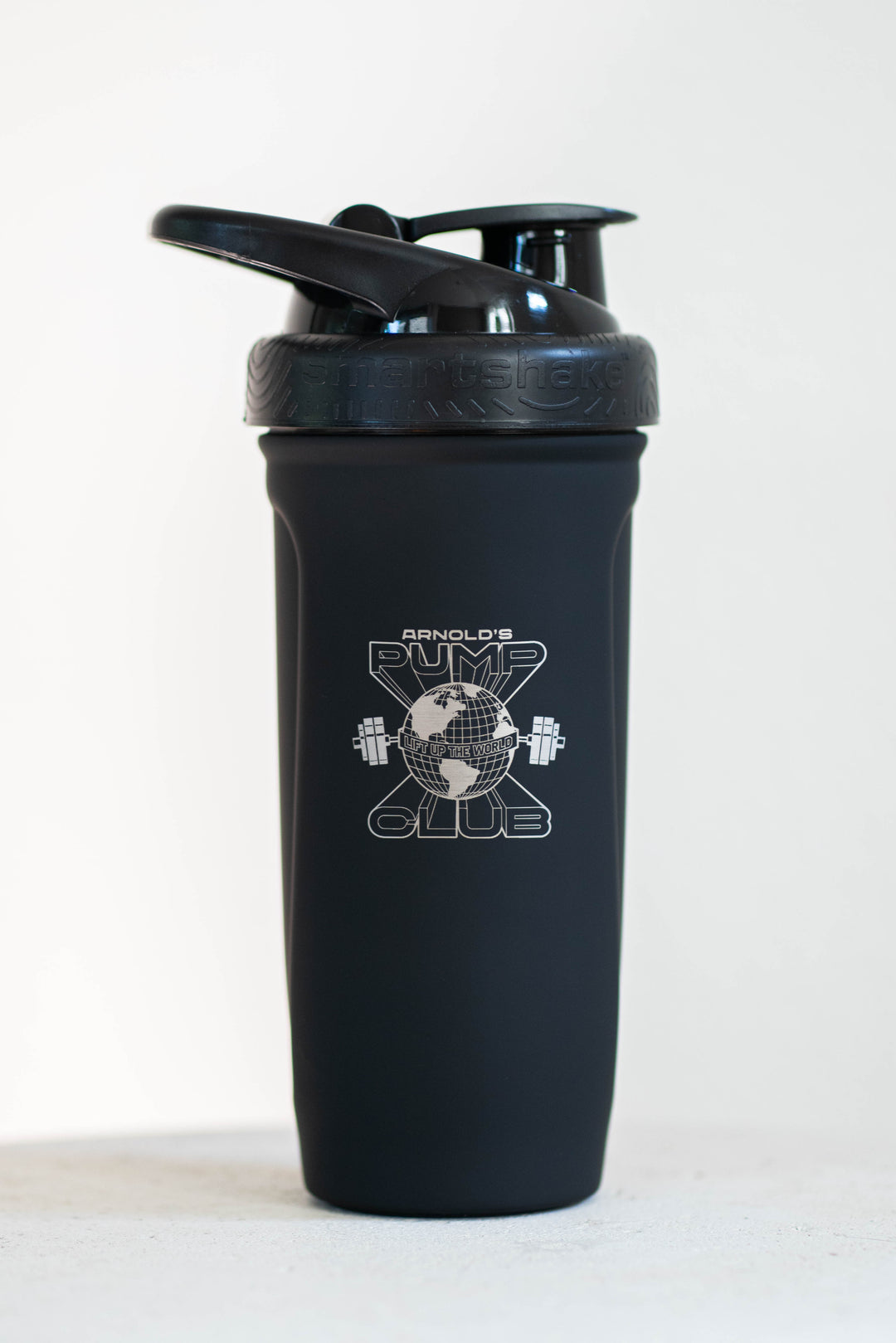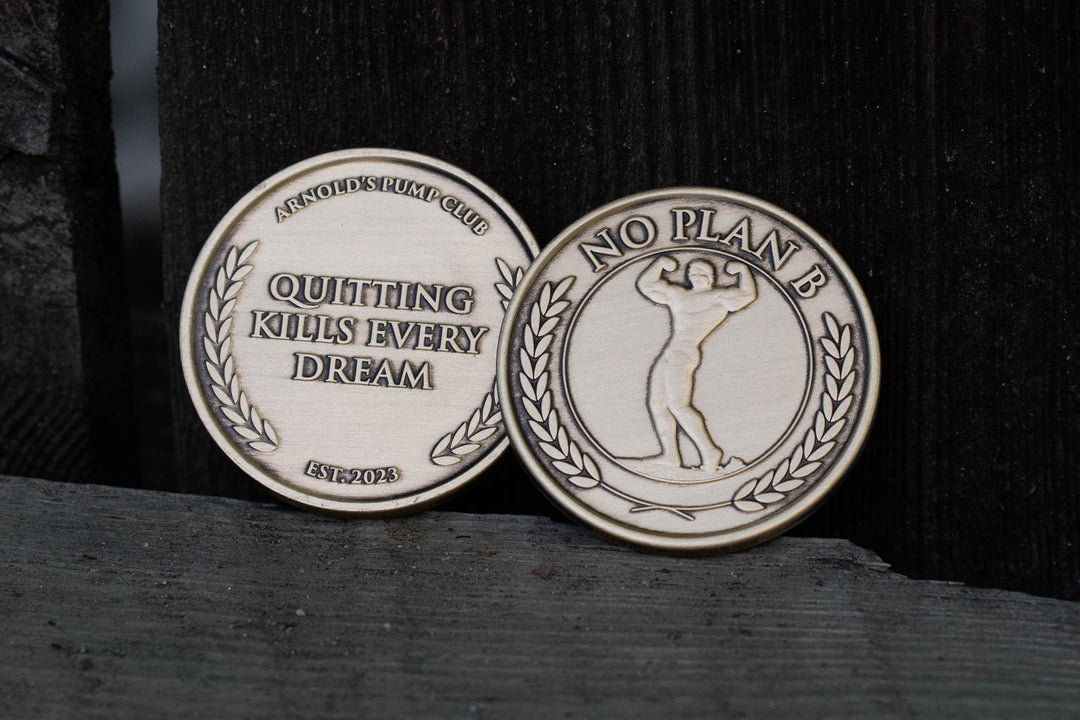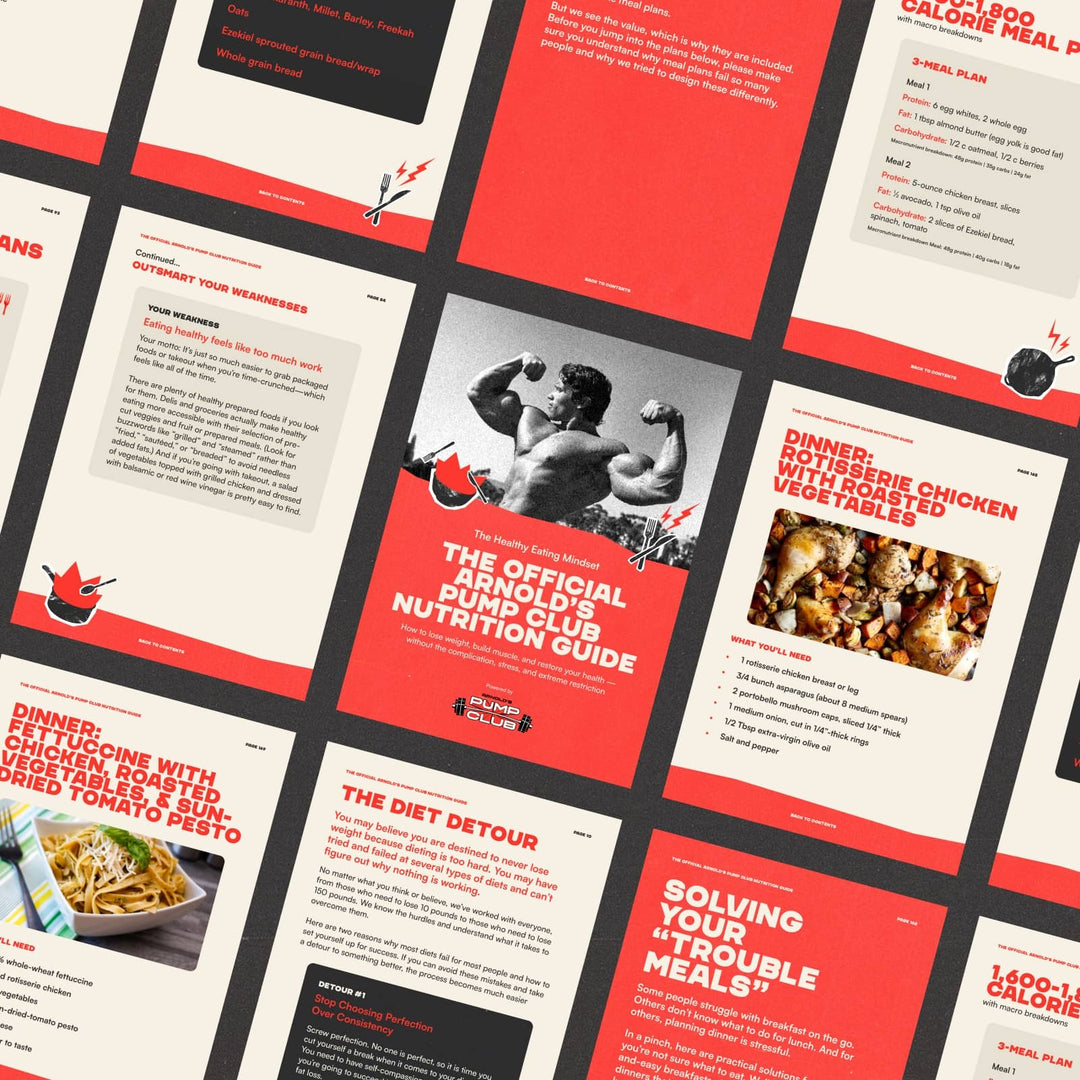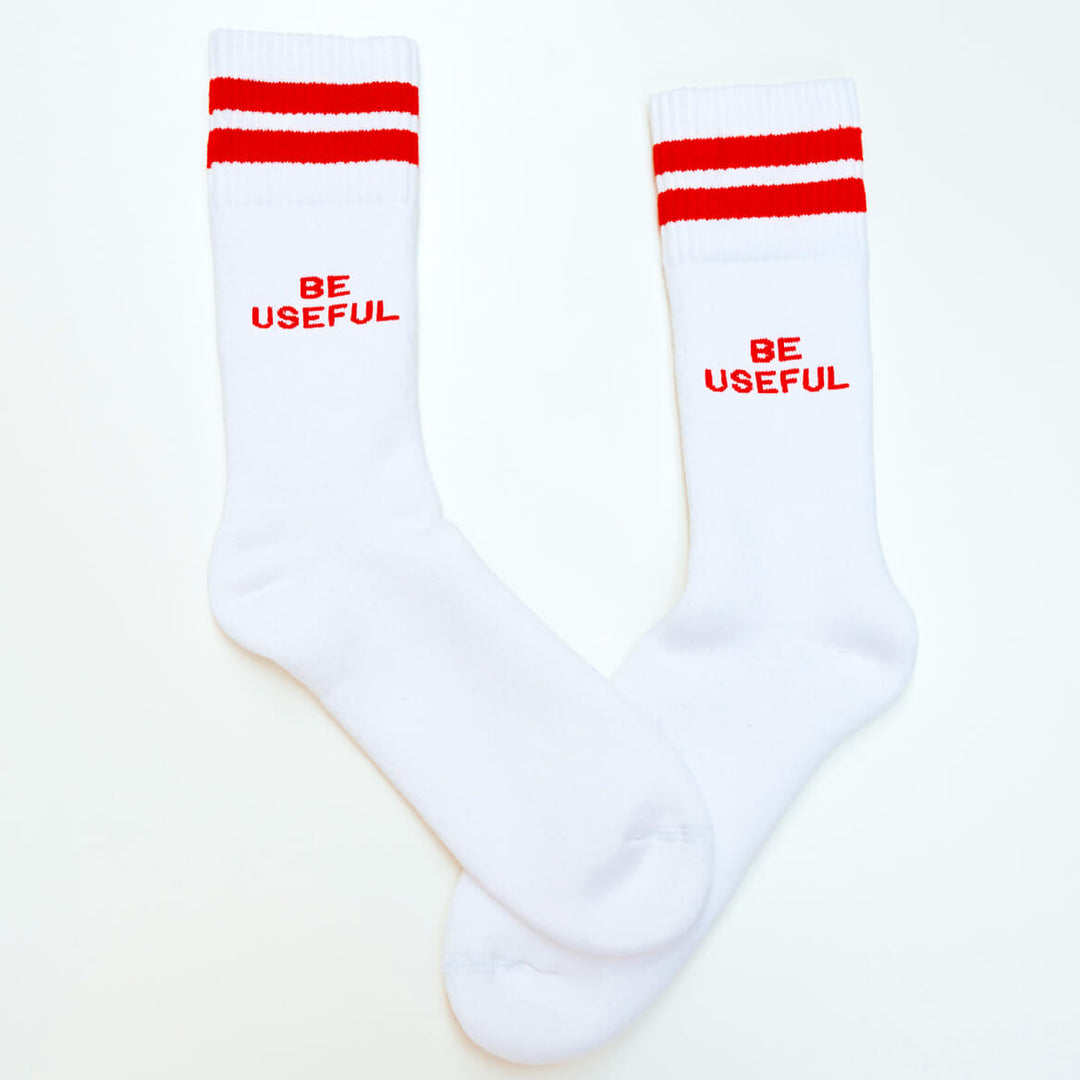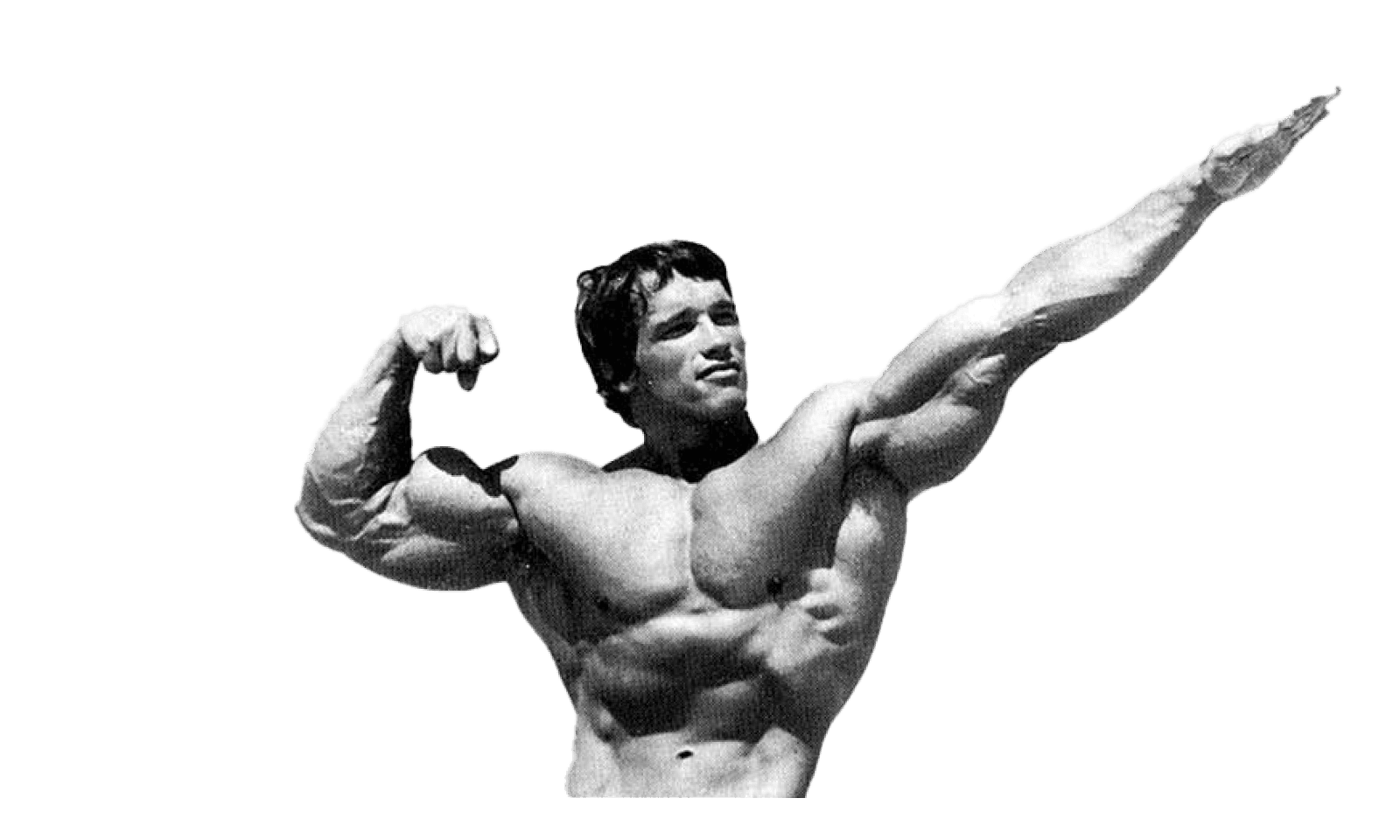Welcome to the positive corner of the internet. Every weekday, we make sense of the confusing world of wellness by analyzing the headlines, simplifying the latest research, and offering quick tips designed to make you healthier in less than 5 minutes. If you were forwarded this message, you can get the free daily email here.
Today’s Health Upgrade
Plant protein vs. dairy protein
Let’s talk about “no days off”
How to reverse anabolic resistance
Arnold’s Podcast
Want more stories from Arnold? Every day, Arnold’s Pump Club Podcast opens with a story, perspective, and wisdom from Arnold that you won’t find in the newsletter. And, you’ll hear a recap of the day’s items. You can subscribe on Apple, Spotify, Google, or wherever you listen to podcasts.
Together With Momentous
Plant vs. Dairy Protein: Is One Better for Muscle Growth?
Whey protein was considered superior to plant-based protein for building muscle for years. But the times are changing.
Science now suggests plant-based protein can stimulate muscle protein synthesis as effectively as milk protein.
Researchers tested muscle protein synthesis rates in a group of healthy, resistance-trained men after consuming 30 grams of a plant-based protein blend or an equivalent amount of milk protein. Both protein sources triggered a similar muscle-building response.
It’s worth noting that dairy-based protein contains more essential amino acids, specifically leucine. If you want to have a similar response from plant protein, then you need to combine plant sources to create a more balanced amino acid profile. And it helps taking in more plant-protein overall.
In the study, the scientists engineered the plant-based blend to contain a mix of pea and rice protein, designed to match milk protein’s essential amino acid (EAA) profile.
This study shows that when formulated correctly, plant proteins can match the muscle-building effects of dairy-based options—giving those who prefer plant-based nutrition a strong alternative.
If you use plant-based protein, look for a product with at least 20 to 30 grams per serving and approximately 4 grams (or more) of the branched-chain amino acids (leucine, isoleucine, and valine).
Our go-to plant-based protein is Momentous, and they just significantly upgraded their formulation.
Momentous Plant Protein is far and away the smoothest plant protein we’ve ever tried, and that’s because they are now purchasing the highest quality pea and rice proteins sourced exclusively from the US and Canada (once you experience the non-chalky consistency, you’ll understand what we mean). And for those who are worried about fillers, they removed all gums, stabilizers, and artificial ingredients. And like all Momentous products it’s NSF Certified for Sport®, and the formulation is vegan, soy, and allergen-free.
You don’t need a protein powder to get all your protein — but it’s one of the most convenient and healthy ways to ensure you hit your protein goals.
If you want to try Momentous, as a member of the positive corner of the internet, you get 20% OFF your purchase with the code “Pumpclub.”
On Our Radar
Why Skipping “Off Days” Is A Bad Idea
Some people feel like they need to exercise every day. Others feel guilty when they miss scheduled workout days, whether because of injury, illness, busyness, or feeling overwhelmed. While everyone thinks about the downsides of days off, downshifting your training every now and then could help you level up your results.
A new case study suggests that a little time off — as long as you’re consistently exercising — could lead to better performance than training without breaks.
We know that taking time off exercise for long periods of time causes changes to your body. Within a couple of weeks, you can start losing muscle, and strength and endurance begin to decrease after approximately 2 to 4 weeks of being sedentary.
At the same time, as long as the breaks are relatively short, research suggests you can regain your deficits quickly. But you might also be able to surpass prior performance.
The case study focused on a 53-year-old master triathlete who hadn’t taken more than a two-week break in 30 years. In the experiment, he followed a planned “de-training” program (easing up on workouts) followed by a “re-training” program.
The scientists measured various performance measures before the detraining, after the detraining, and then at the end of the experiment after retraining.
For 12 weeks, the detraining consisted of just two 30-minute walks and two 15-minute core workouts per week.
Then, for the next 12 weeks, the athlete gradually ramped up training, eventually reaching 12 hours per week of endurance workouts.
The detraining did what you would expect: there was a significant decrease in VO2 max, power, fast-twitch muscle proteins, mitochondrial efficiency, and even how quickly the body can break down glucose and turn it into energy for exercise.
But the one step back appeared to have led to five steps forward.
The retraining phase saw a 5 percent improvement in VO2 max above the de-training levels, as well as more power, fast-twitch muscle proteins, and mitochondrial efficiency.
In other words, after the easier training period and prioritizing recovery, every performance metric improved.
It’s important to remember that this is a case study of a well-trained athlete. But, it does show how a less intense training phase — or a good use of off days — followed by a planned gradual progression can lead to new personal bests in endurance, cardiovascular function, muscle, and strength.
Longevity
How To Reverse Anabolic Resistance
When you hit your fourth decade of life, the average person begins to lose about half a percent of muscle per year. The decrease results from anabolic resistance, which means your body starts having a harder time building or retaining muscle when you lift weights and eat protein.
But anabolic resistance might not be as much of an inevitability as was once believed.
New research suggests you can strength-train your way out of an anabolic slowdown and help your body act decades younger.
Scientists compared the anabolic response of young people (in their 20s) to older individuals (in their 70s). But there was a catch.
The older individuals were healthy, lean, and trained hard at least twice per week. To test anabolic response, all the participants performed exercises and consumed essential amino acids (EAAs) after the workout to determine muscle protein synthesis (MPS) and anabolic signaling.
Surprisingly, both age groups showed significant increases in MPS following exercise and EAA intake, indicating that the older men's muscles responded similarly to those of the younger men.
In other words, the older, healthy individuals reacted similarly to exercise and protein as people 50 years younger, suggesting they were not battling anabolic resistance.
It begs the question: Do you start moving less because you get older, or do you get older because you start moving less?
We know that your metabolism starts to change significantly after you hit your 60s, but the intensity of the decline is more within your power than you might think.
If you want to fight off aging, the research suggests training hard at least two to three times per week with heavier weights can not only improve healthspan and quality of life but also help maintain your body's muscle-building machinery and offset the typical decline associated with aging.
—
Publisher: Arnold Schwarzenegger
Editors-in-chief: Adam Bornstein and Daniel Ketchell




